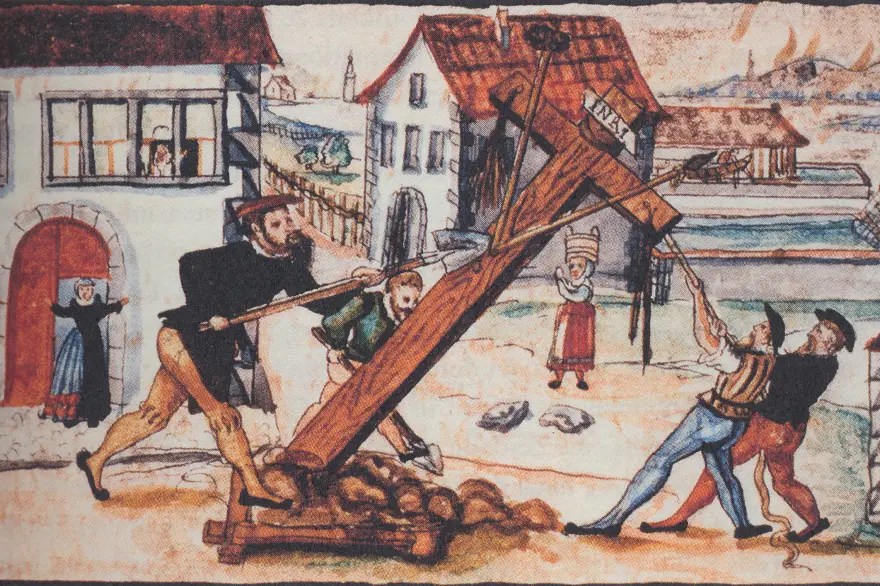Despite technological advances in automated testing, visual inspection remains an essential cornerstone of manufacturing quality control. Its versatility, comprehensiveness, and ability to detect unexpected defects ensure its continued relevance in modern production environments.
To maximise the value of visual inspection activities, manufacturers should:
- Develop clear, standardised inspection procedures tailored to specific products
- Invest in appropriate training and equipment for inspection personnel
- Create optimal inspection environments that enhance defect visibility
- Implement complementary technologies where visual inspection alone is insufficient
- Integrate inspection data with broader quality management systems
For manufacturers seeking to enhance their quality control processes, implementing robust visual inspection practices in conjunction with comprehensive asset-tracking solutions and equipment-tracking software creates a powerful foundation for operational excellence.
By thoughtfully combining traditional visual assessment with emerging technologies, manufacturers can achieve the perfect balance of human judgment and technological precision—ensuring consistent quality, reducing costly defects, and maintaining their competitive edge in increasingly demanding markets.
Ready to transform your quality control processes? Discover how itemit’s integrated asset management solutions can enhance your visual inspection capabilities and drive continuous improvement throughout your manufacturing operations.
Publisher: Source link











